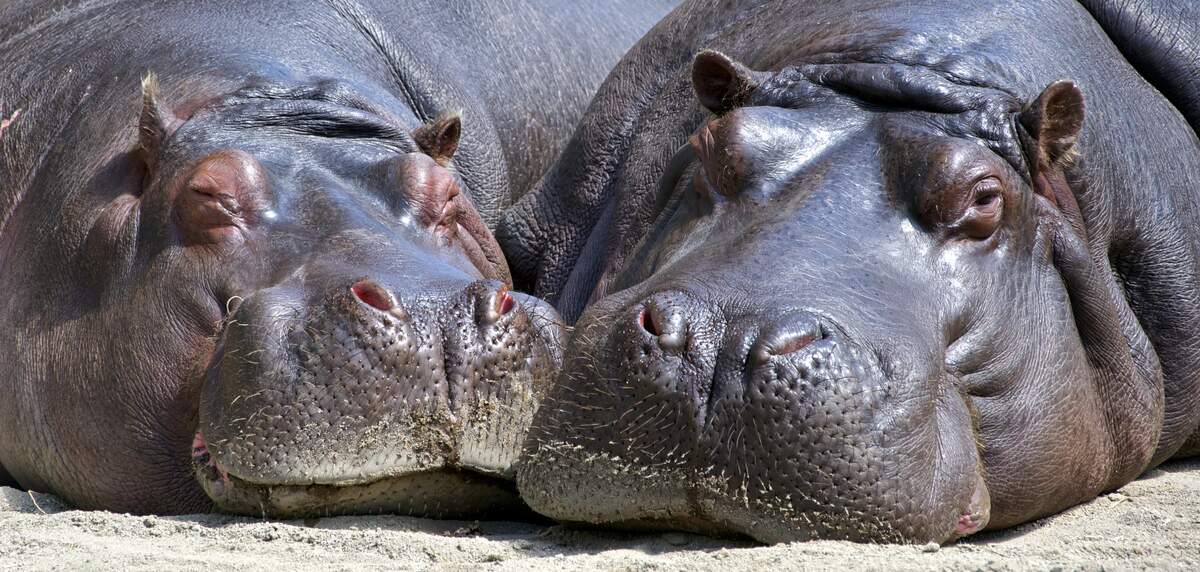

National Hippo Day
Also known as
Hippo Day
Observed
annually on February 15th
Dates
Hashtags
Sources
http://blog.wcs.org/photo/tag/national-hippo-day/
https://happydays365.org/hippo-day/national-hippo-day-february-15/
https://onekindplanet.org/animal/hippopotamus/
https://parade.com/643499/ccopelan/happy-national-hippo-day-5-facts-you-should-know-about-hippos/
https://www.livescience.com/27339-hippos.html
Hippopotamuses, known as hippos, are celebrated today. Their name stems from Ancient Greece and means "water horse" or "river horse." However, their closest relatives are actually whales, porpoises, dolphins, and pigs. They are the third largest land mammal, only being surpassed by elephants and white rhinoceroses. On average, females weigh 3,000 pounds and males weigh 3,500 to 9,920 pounds. They range from 10.8 to 16.5 feet in length and stand about 5.2 feet in height at their shoulders.
Hippos live in Sub-Saharan Africa, by lakes, rivers, and mangrove swamps. They spend about sixteen hours of their day in the water. As they can't swim or float, they spend most of their time in shallower water on the shoreline. When they are in deeper water, they need to push off the bottom to propel themselves up in order to stay above the waterline. However, they can stay underneath the water for three to five minutes. They can even sleep underneath the water, and automatically resurface without having to wake up. No matter where in water they are, in order to move without touching the bottom, they need to push off other objects and glide. At dusk, they come out of the water and feed on grass. They sometimes also eat fruit. Hippos may travel over five miles to graze and may eat 80 to 150 pounds of grass in a night.
Water is both where hippos reproduce and give birth. They can have one calf every two years, which weighs between 50 and 100 pounds at birth. They become fully mature between the ages of five and seven, and their life expectancy is about 36 years. Hippos often travel together in groups of 10 to 30, and may even travel in groups as large as 200. They can run at speeds of almost 20 miles per hour. They also secrete a red mucous known as "blood sweat" that protects them from the sun.
Hippos are one of the most aggressive animals in the world. They sometimes attack humans and are seen by some as being the most deadly large land animal. They kill about 500 people each year in Africa. But, humans are a threat to them as well. They are poached for their meat and their canine teeth which are made of ivory. The International Union for Conservation of Nature (IUCN) has said they are vulnerable, but not endangered. In the late 1990s and early 2000s, their population was declining on account of habitat loss and poaching. Their numbers have now stabilized because of increased law enforcement. There are now between 125,000 and 148,000 wild hippos in the wild.
How to Observe National Hippo Day
- Go to a zoo or Africa to see some hippos.
- Help save hippos by adopting one or donating to the African Wildlife Foundation.
- Play Hungry Hungry Hippos.
- Read a book with hippos in it.
- Watch a documentary about hippos.





















